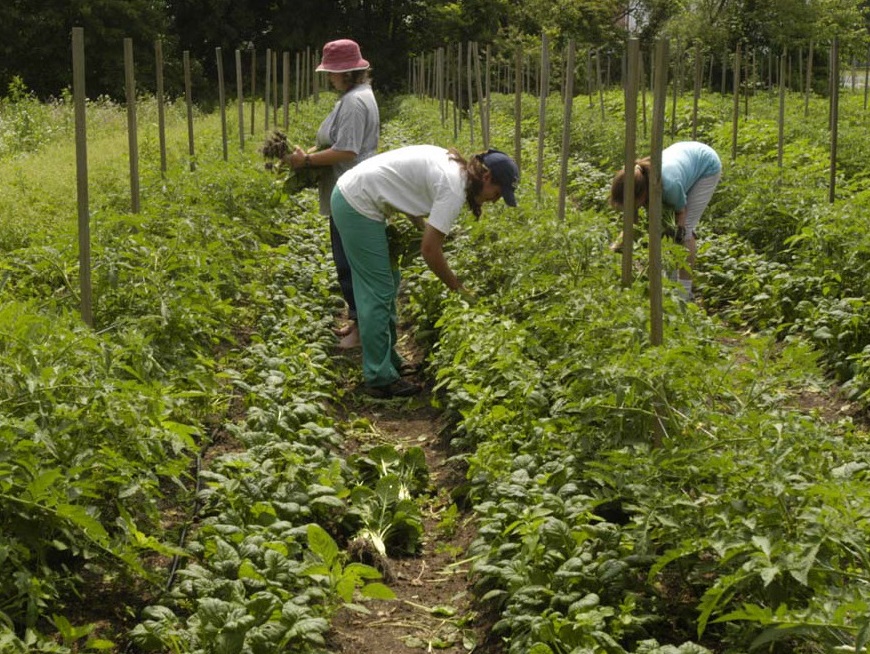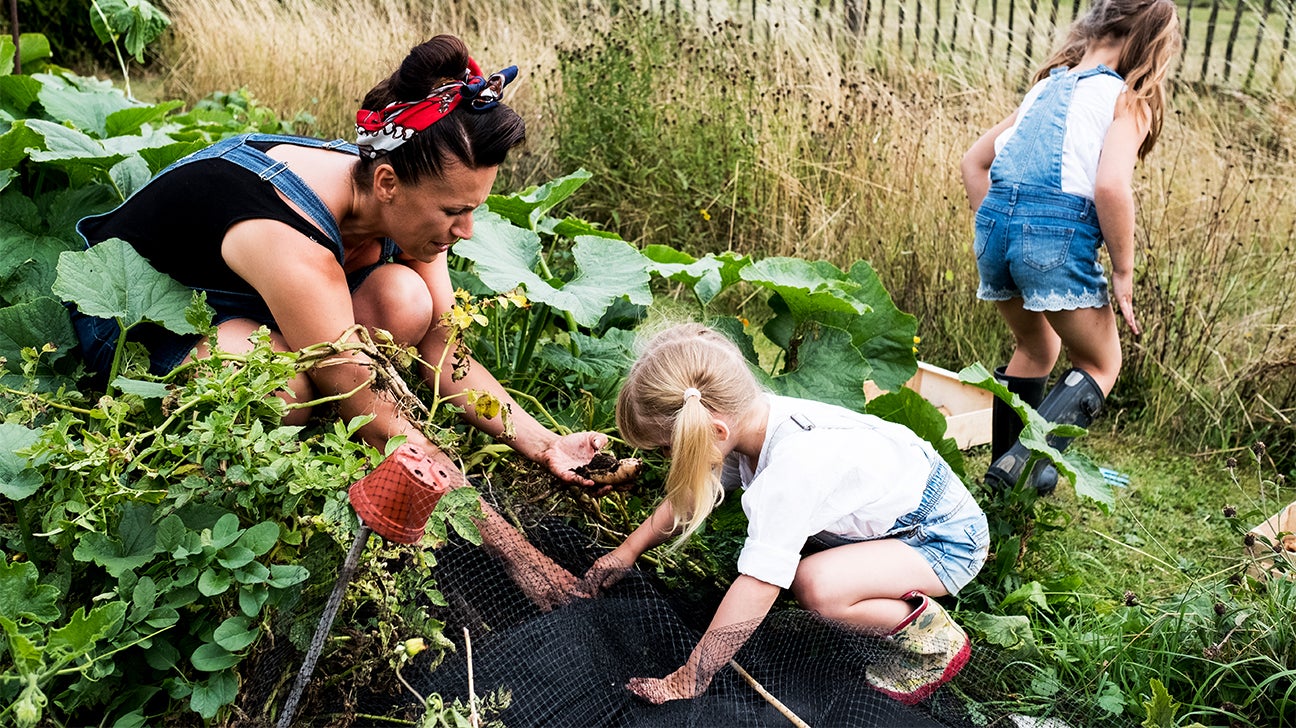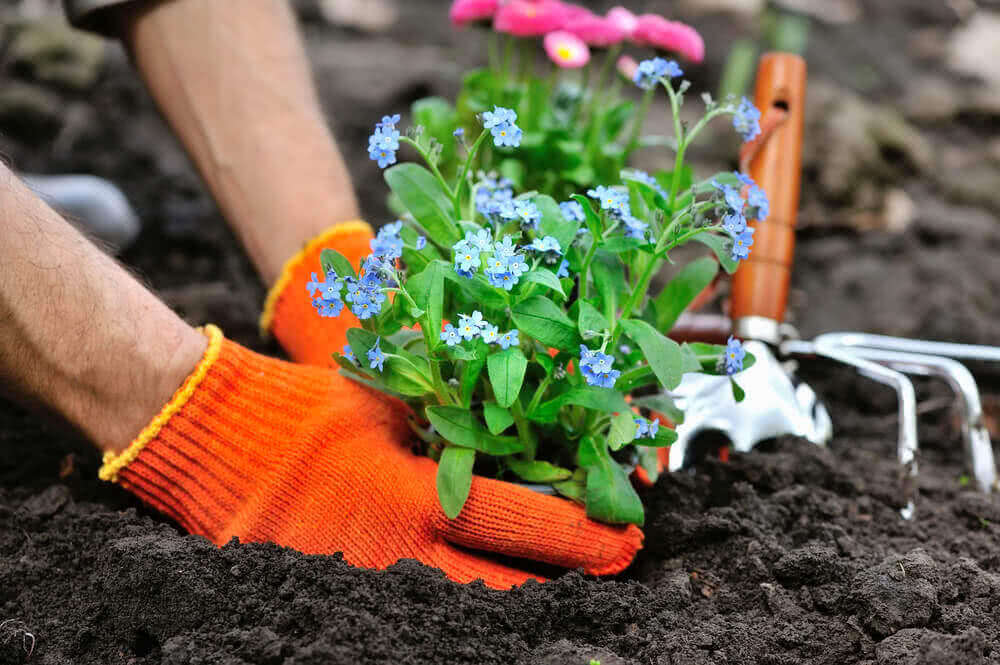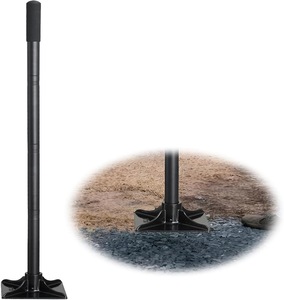Understanding the Various Types of Horticulture and How They Add to a Much Healthier Way Of Living and Environment

Benefits of Veggie Horticulture
Many individuals are progressively acknowledging the myriad advantages of vegetable horticulture as a crucial part of a much healthier way of living. Participating in vegetable horticulture offers numerous physical health advantages, including enhanced physical activity, which boosts cardiovascular health and promotes overall fitness. The act of growing, weeding, and harvesting calls for motion and can aid deal with inactive habits, adding to weight management and boosted muscular tissue tone.
Moreover, growing one's very own veggies dramatically improves nutritional high quality. Organic produce is typically fresher and much more nutrient-dense compared to store-bought choices, as it can be eaten soon after harvest. This access motivates a higher intake of fruits and vegetables, which are vital for avoiding chronic conditions.
In addition, vegetable gardening promotes mental health by giving a restorative outlet for stress alleviation and relaxation. The act of tending to plants can be reflective, allowing people to link with nature and escape the pressures of life. The lasting method of expanding one's own food reduces dependence on industrial agriculture, adding to environmental conservation and advertising biodiversity. Collectively, these advantages highlight the value of vegetable gardening as a keystone of a healthier lifestyle.
Discovering Blossom Horticulture

Along with visual advantages, flower gardening sustains local communities. Numerous blooming plants bring in pollinators, such as and butterflies, which are essential for keeping biodiversity. The visibility of diverse plants can likewise enhance dirt health, as various plants add to nutrition cycling and improve dirt framework.
Additionally, flowers can play a substantial function in promoting lasting techniques. Lots of garden enthusiasts select native or drought-resistant types, which call for much less water and marginal chemical inputs. This strategy not only profits the setting yet likewise encourages accountable horticulture practices.
Ultimately, flower horticulture functions as an important component of an all natural gardening technique. Gardening. By growing appeal and supporting neighborhood communities, it balances with veggie gardening and underscores the relevance of nurturing both our physical and psychological wellness via nature
Container Horticulture Benefits
Container gardening deals various benefits that make it an enticing alternative for both beginner and seasoned gardeners. Among the main benefits is its convenience; containers can be positioned on patio areas, balconies, or even inside, enabling horticulture precede with restricted ground accessibility. This versatility allows people in city atmospheres or those with small lawns to grow plants efficiently.
In addition, container horticulture offers enhanced control over soil quality and moisture levels. Garden enthusiasts can choose specific soil mixes to maximize plant health and mitigate problems like weeds and parasites. The movement of containers also enables very easy moving to make best use of sunshine direct exposure or protect plants from harsh climate.
In addition, container yards can be cosmetically pleasing, using an opportunity for creative thinking in style. Gardening. They can function as ornamental components that enhance outside or indoor areas while promoting biodiversity by bring in pollinators
Finally, container horticulture can add to a healthier lifestyle by urging physical task, as it typically includes training, growing, and preserving plants. Generally, the benefits of container horticulture make it an easily accessible and you could check here gratifying technique for those seeking to enhance their way of life and setting.
The Rise of Vertical Gardening
As urban areas end up being progressively crowded, the fad of upright horticulture has removed, permitting people to optimize their gardening potential in limited areas. This ingenious approach entails growing plants in upright structures, such as wall-mounted planters, trellises, or specialized upright garden systems. The charm of upright horticulture exists not just in its effective usage of area but additionally in its aesthetic contribution to urban atmospheres, transforming bare walls into rich eco-friendly landscapes.
Upright yards can be installed in homes, balconies, and neighborhood areas, providing a system for growing a selection of plants, consisting of natural herbs, veggies, and decorative blossoms. This approach urges biodiversity and can boost air quality by filtering contaminants while advertising a connection to nature in densely populated areas. In addition, upright gardening supplies useful benefits, such as boosted yield per square foot, making it an appealing choice for city gardeners seeking to expand their own food.

Lasting Practices in Gardening
Embracing sustainable techniques in horticulture is vital for promoting ecological health and guaranteeing the feasibility of our all-natural sources. Sustainable gardening strategies focus on minimizing ecological effect, conserving water, and cultivating biodiversity. By carrying out methods such as organic gardening, gardeners can lessen using artificial fertilizers and chemicals, which can damage neighborhood ecological communities.
Buddy planting is another efficient lasting technique, where certain plants are grown with each other to boost growth and deter pests naturally. Furthermore, making use of indigenous plants in landscape design supports neighborhood wild animals and requires much less maintenance, as they are inherently adjusted to the regional climate and soil problems.
Water conservation methods, such as rainwater harvesting and drip watering, assistance to successfully manage water resources, therefore lowering waste. Composting natural waste not only improves the soil but additionally reduces landfill contributions, promoting a circular economy.
Finally, exercising crop rotation and cover cropping improves soil wellness and lowers the threat of insect infestations. By integrating these sustainable methods, garden enthusiasts can develop durable ecosystems that add to a much healthier way of life while securing the setting for future generations.
Conclusion

Finally, look at this web-site the diverse approaches of horticulture, consisting of vegetable, blossom, container, and upright horticulture, collectively go right here promote a much healthier way of living and boost environmental sustainability. Each type uses distinct benefits, from supplying fresh produce and drawing in pollinators to maximizing restricted spaces and encouraging biodiversity. By fostering lasting practices, these gardening comes close to not just add to private wellness however also support more comprehensive ecological preservation initiatives, eventually reducing reliance on commercial farming and enhancing community strength.